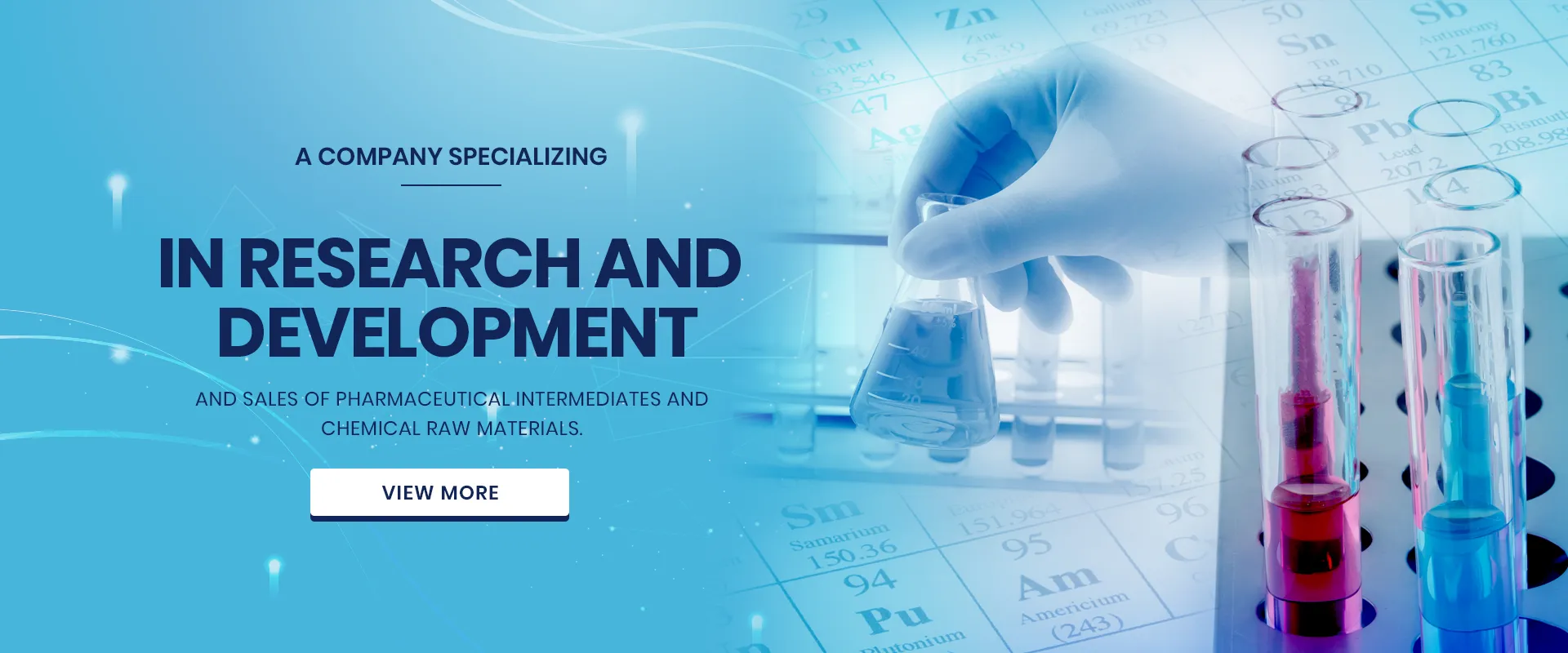The Role of Cationic Polyelectrolytes in Water Treatment
Water treatment is an essential process in safeguarding public health and maintaining environmental integrity. Among the various techniques employed to enhance water quality, the use of cationic polyelectrolytes has emerged as a significant method, particularly in coagulation, flocculation, and clarification processes. These substances play a crucial role in water purification by promoting the aggregation of suspended particles, thereby facilitating their removal and improving overall water quality.
What are Cationic Polyelectrolytes?
Cationic polyelectrolytes are polymers that carry a positive charge due to the presence of quaternary ammonium groups or other cationic functionalities. Their unique structure allows them to interact effectively with negatively charged particles, including colloids, bacteria, and organic matter typically found in water sources. This interaction leads to the formation of larger aggregates, or flocs, which can then be easily removed through sedimentation or filtration techniques.
Mechanism of Action
When cationic polyelectrolytes are introduced into a water treatment system, they neutralize the negative charges on suspended particles, reducing electrostatic repulsion. This neutralization is vital because highly charged particles tend to remain suspended due to their mutual repulsion. Upon the addition of cationic polyelectrolytes, these particles attract each other, leading to the formation of larger aggregates. The newly formed aggregates can be separated from the water via sedimentation, flotation, or filtration processes, effectively cleaning the water.
The mechanism can be broken down into several key stages
1. Adsorption The cationic polyelectrolyte molecules attach to the negatively charged particles in the water. 2. Coagulation The neutralization of charges occurs, allowing particles to come closer together.
3. Flocculation The particles agglomerate into larger flocs, which can be removed more easily from the water through physical processes.
Applications in Water Treatment
Cationic polyelectrolytes are widely used in various water treatment applications, including
- Municipal Water Treatment They improve the quality of drinking water by effectively removing turbidity, organic matter, and pathogens. - Industrial Wastewater Treatment Many industries produce wastewater laden with contaminants. Cationic polyelectrolytes help in treating these effluents by facilitating the removal of suspended solids and colloidal materials.
cationic polyelectrolyte water treatment

- Sludge Management In sludge dewatering processes, cationic polyelectrolytes enhance the efficiency of water removal from sludge, reducing disposal costs and improving the handling of biosolids
.- Pulp and Paper Industry These polyelectrolytes are utilized in the paper manufacturing process to improve fiber retention and reduce chemical usage.
Advantages of Cationic Polyelectrolytes
The use of cationic polyelectrolytes in water treatment presents several advantages
- High Efficiency They are effective at low concentrations, enabling significant improvements in water quality with minimal chemical use.
- Versatility Cationic polyelectrolytes can be engineered for specific applications, allowing for tailored solutions that meet varying water treatment needs.
- Environmental Safety Many modern cationic polyelectrolytes are designed to be biodegradable and non-toxic, making them environmentally friendly choices for water treatment.
Challenges and Considerations
While cationic polyelectrolytes offer numerous benefits, there are also challenges associated with their use. One major concern is the potential for the formation of toxic by-products during degradation. Careful selection and monitoring of the polyelectrolytes used in treatment processes are essential to mitigate these risks. Additionally, over-usage can lead to secondary contamination if not properly managed.
Conclusion
Cationic polyelectrolytes are indispensable in the field of water treatment, offering effective solutions for improving water quality across various applications. As water scarcity and pollution continue to be pressing global issues, the role of these polymers becomes increasingly crucial. Continued research and innovation in this area will undoubtedly enhance the efficacy and sustainability of water treatment processes, contributing to cleaner water for all.

